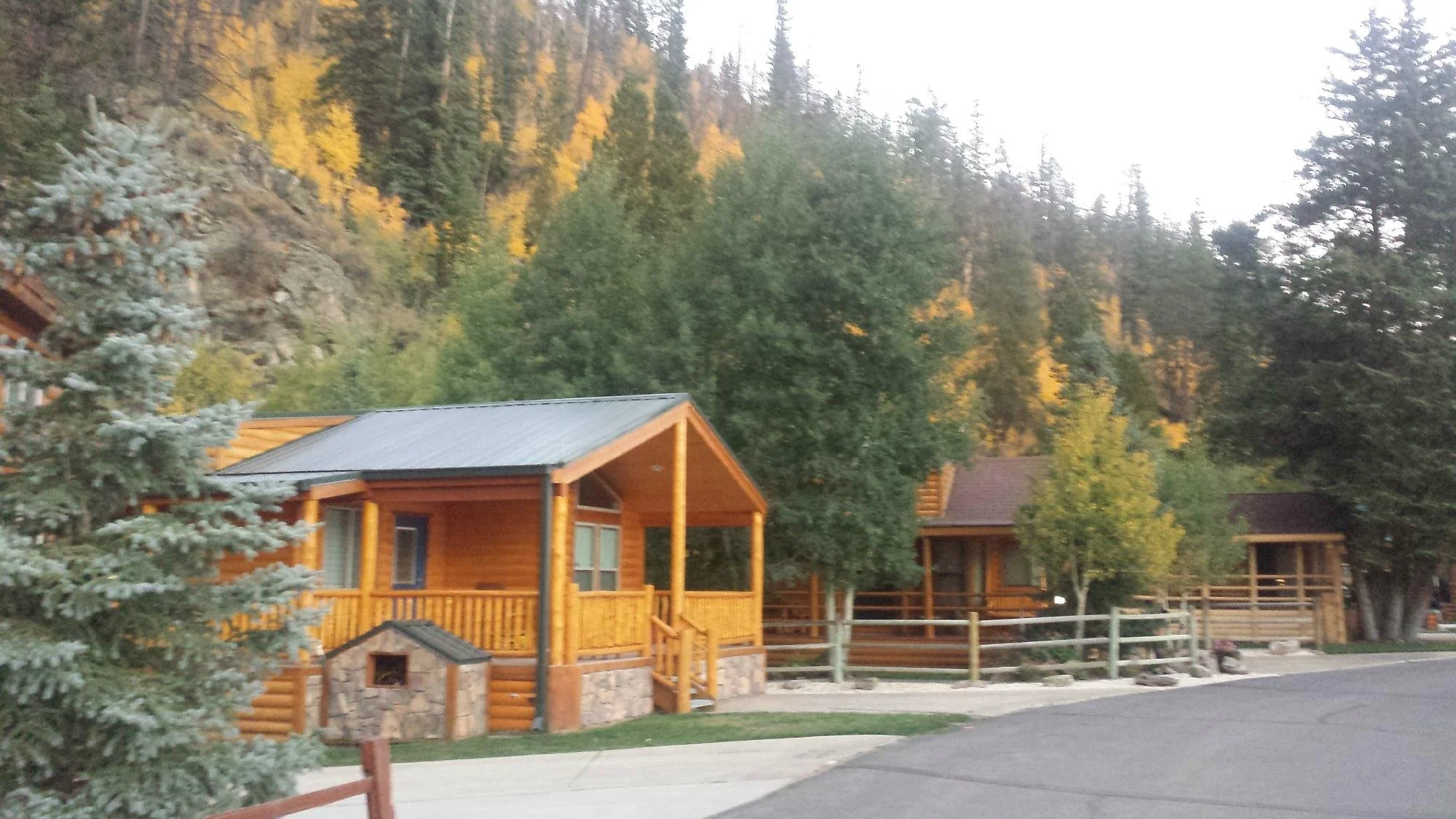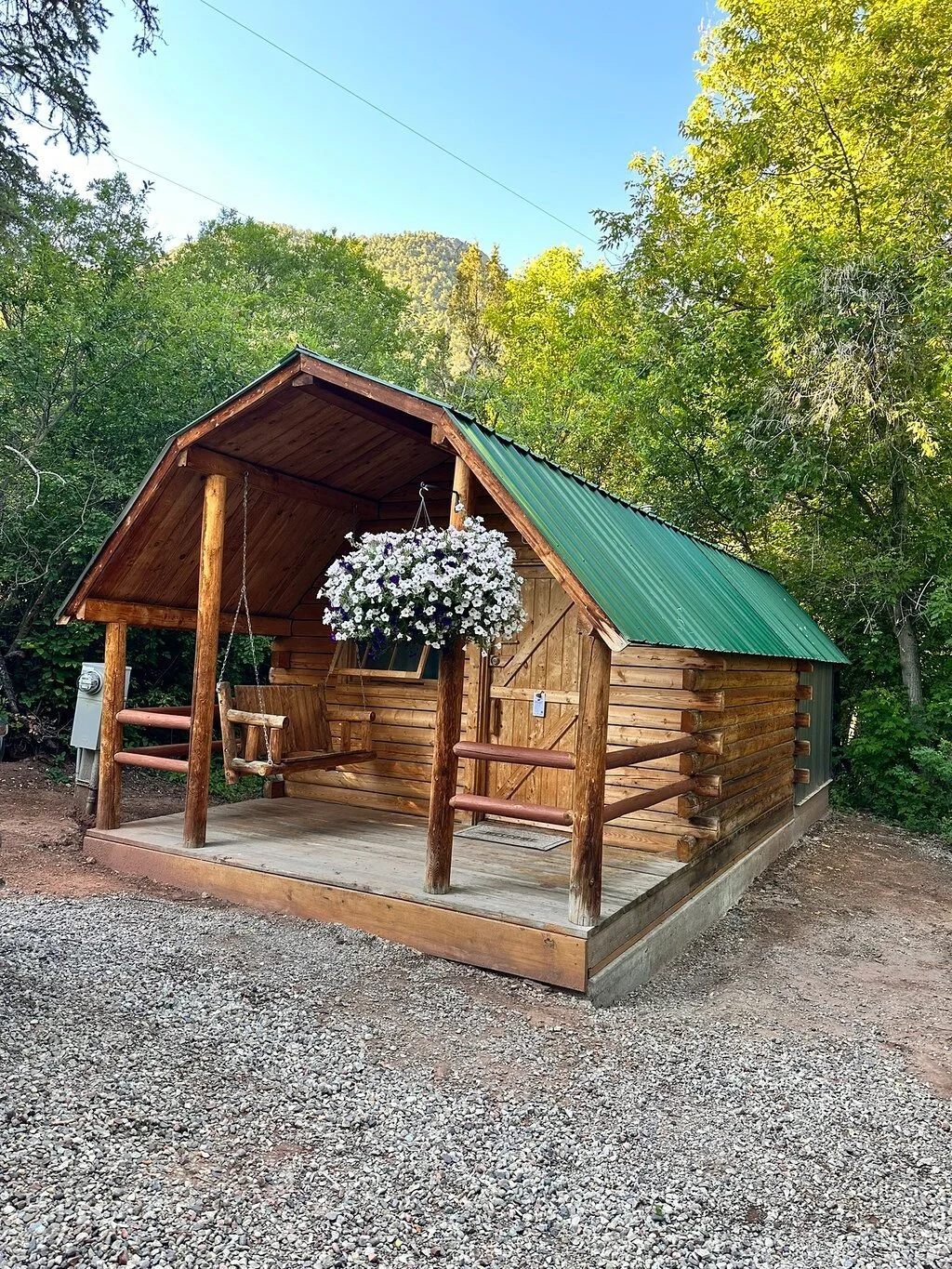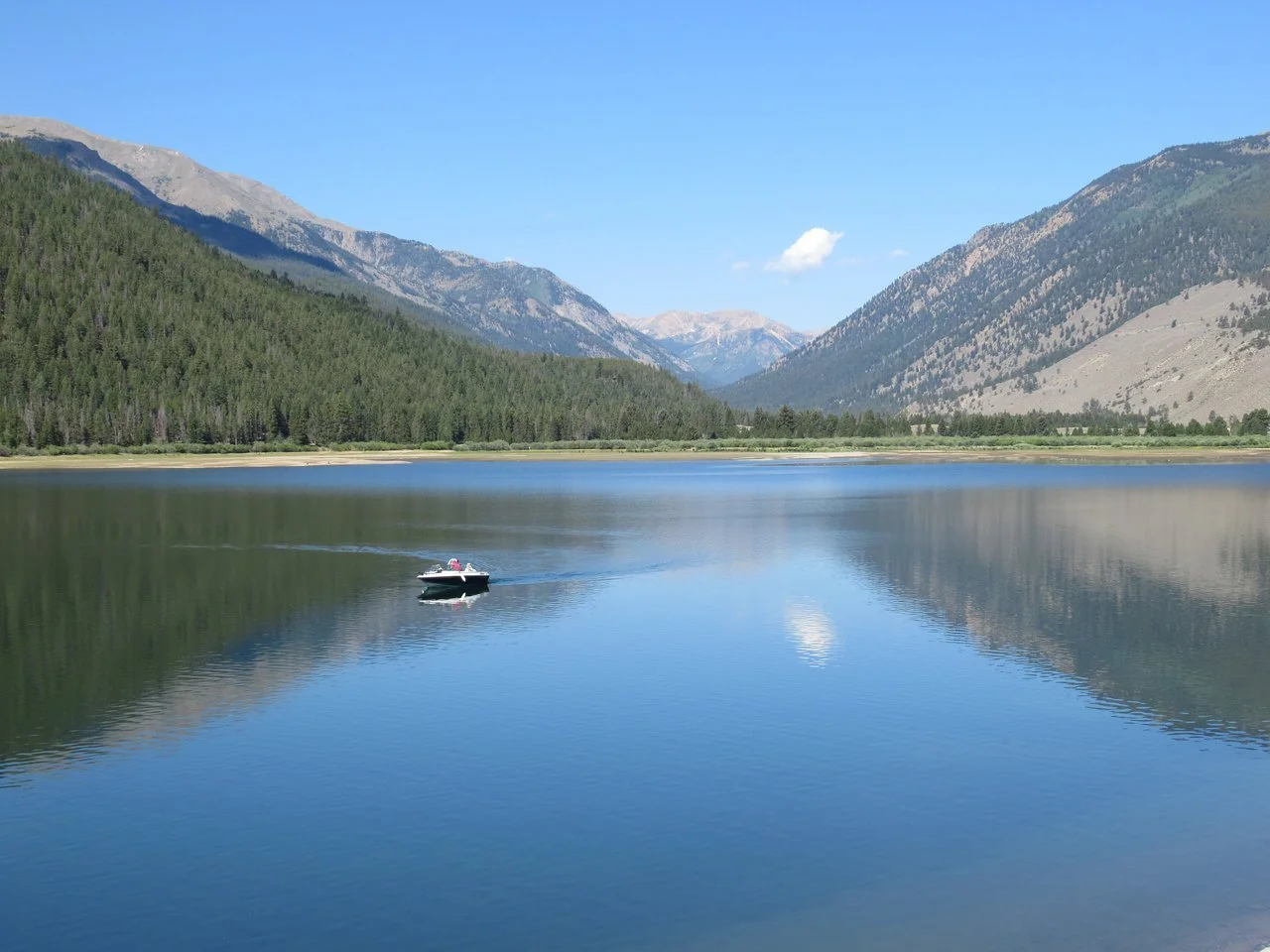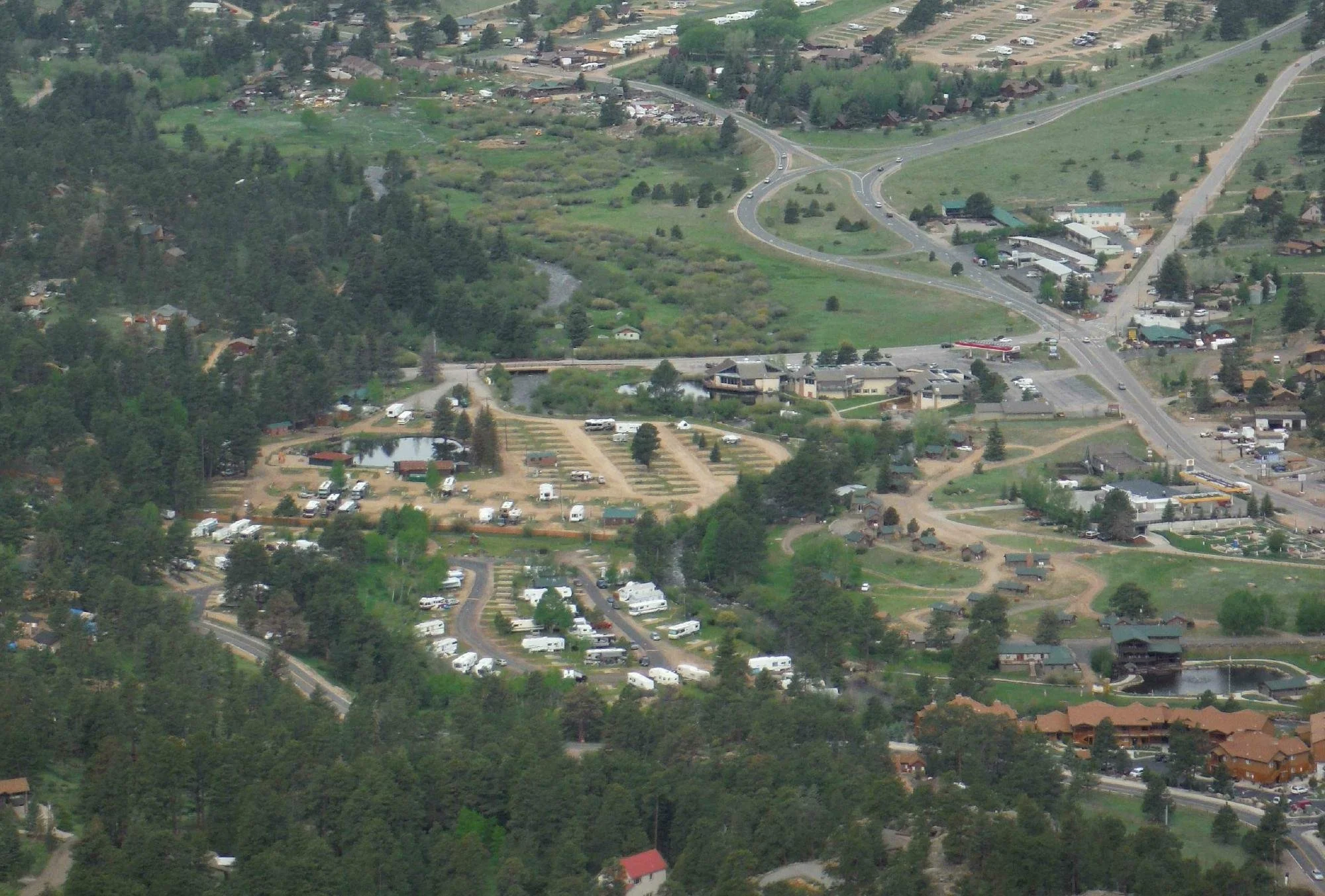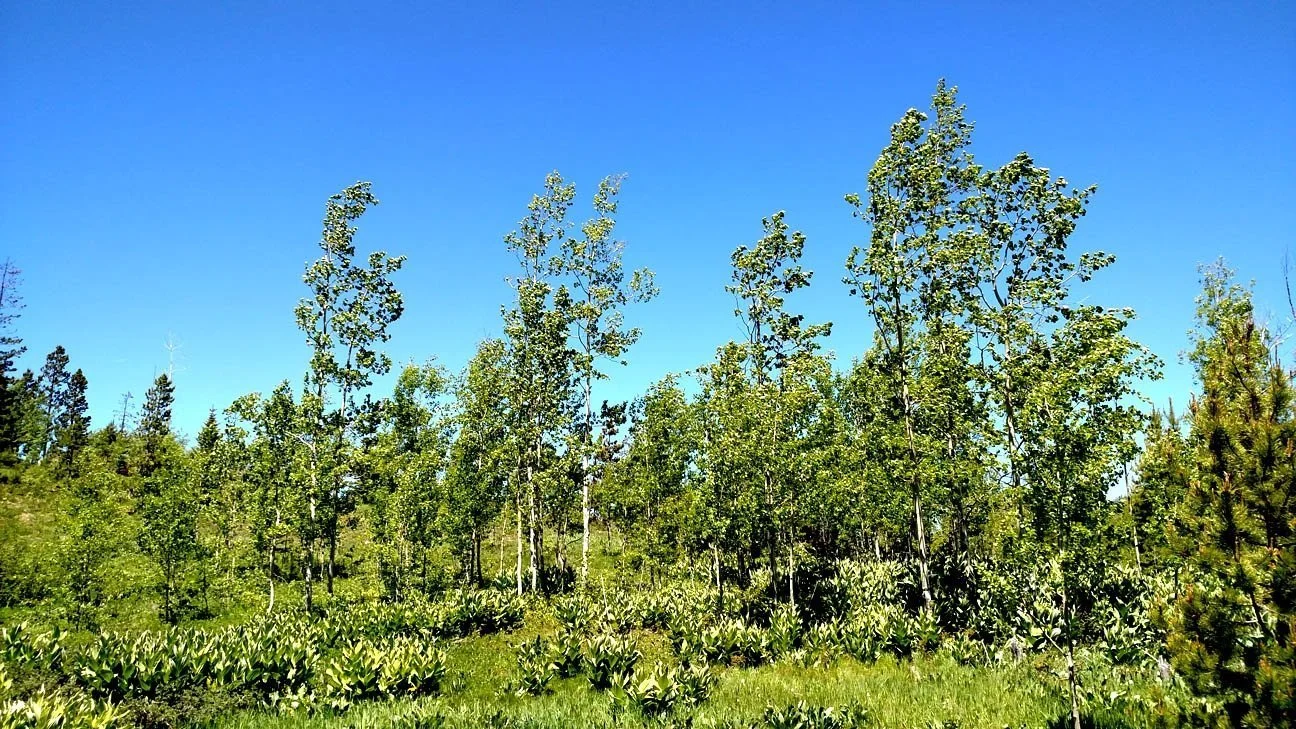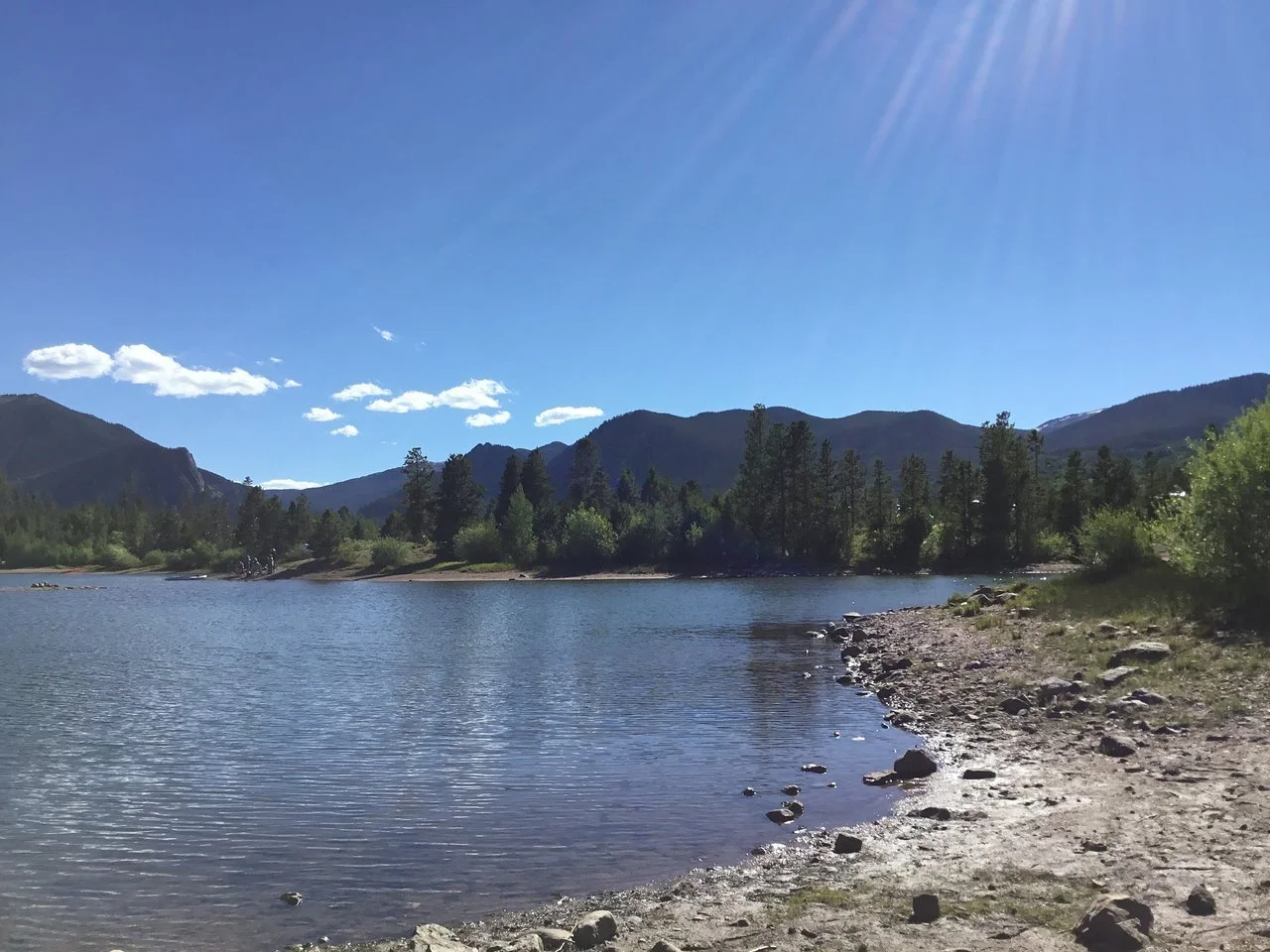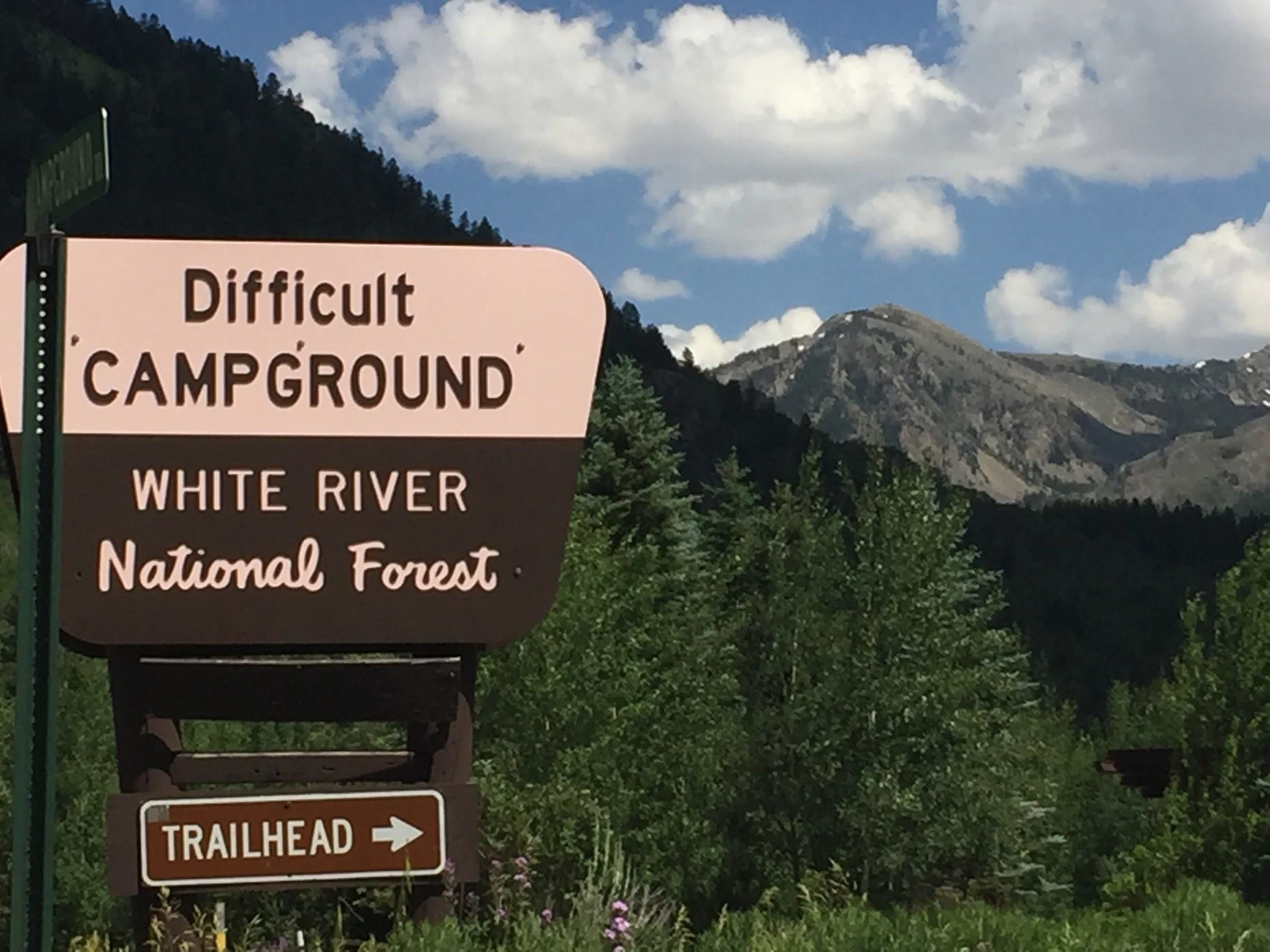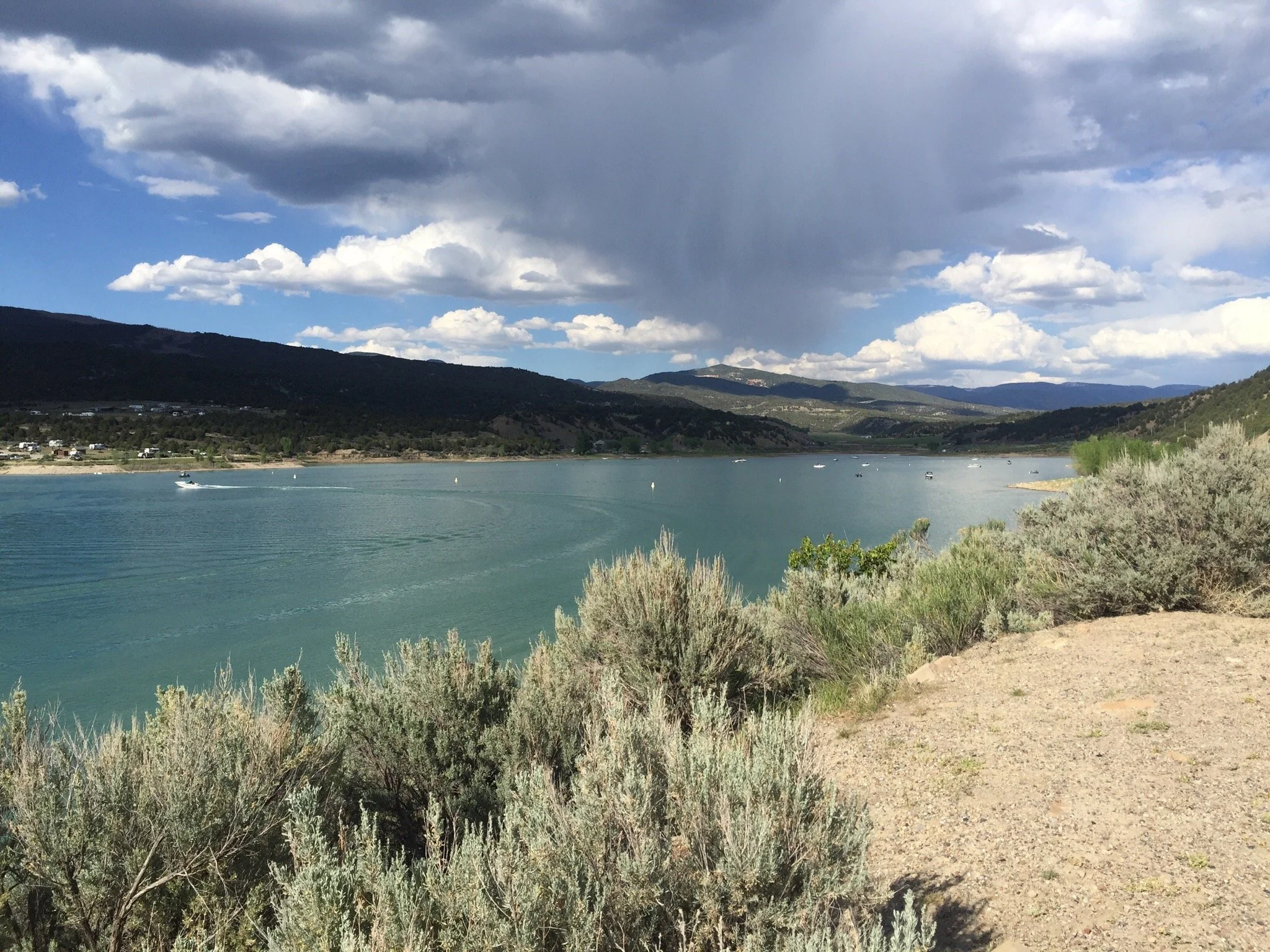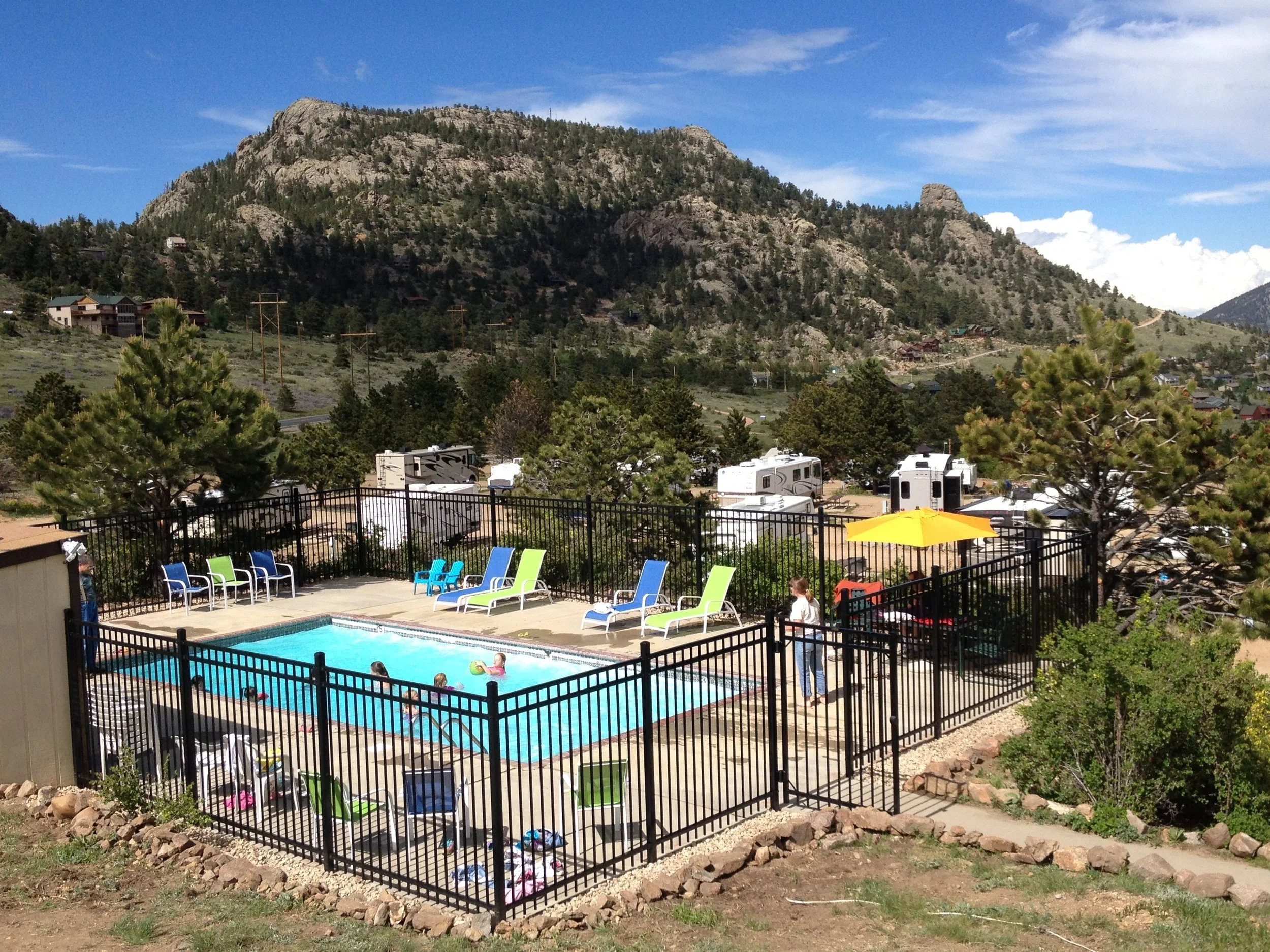As the nation's most frequented national forest, White River National Forest captivates millions of visitors annually with its breathtaking 2.3 million acre expanse. This magnificent wilderness encompasses an extensive network of trails stretching thousands of miles and boasts eight distinct wilderness zones. Adventure seekers flock to iconic destinations like the mesmerizing Hanging Lake National Natural Landmark, the historic Crystal Mill - a remarkably preserved wooden powerhouse constructed in 1892, and the picture-perfect Maroon Bells Scenic Area. Winter sports enthusiasts particularly cherish the renowned Vail Pass Winter Recreation Area and the world-class Vail Ski Resort, making this forest a year-round outdoor paradise.
Camping Near White River National Forest
Immerse in the hushed serenity of ancient pine forests and snow-capped peaks. Experience nature's grandeur - book your adventure today!
CampChimp is better in the app
Find Available Camping
The 5 best campgrounds near White River National Forest, CO
-

Sylvan Lake State Park Campground
 Eagle, CO
Eagle, CO


Nestled in the heart of the Rocky Mountains this scenic park offers stunning views of Mount Massive and easy access to hiking trails.
-

Pinyon Flats Campground
 Alamosa, CO
Alamosa, CO


Nestled in the heart of the Rocky Mountains Pinon Campground offers breathtaking views of the surrounding peaks and a serene escape into nature's embrace. With spacious sites and well-maintained facilities it's a perfect spot for outdoor enthusiasts.
-

Bogan Flats Campground
 Marble, CO
Marble, CO


Nestled along the banks of the Colorado River Bogan Flats Campground offers stunning mountain views and easy access to hiking trails in the White River National Forest. With spacious campsites and modern amenities it's a perfect base for outdoor adventures.
-

Cottonwood Lake
 Buena Vista, CO
Buena Vista, CO


Situated in the heart of the Rocky Mountains Cottonwood Lake Campground offers stunning views of the surrounding peaks and a serene lake perfect for fishing and kayaking. The campground is well-maintained and provides easy access to hiking trails and outdoor adventures.
-

Molly Brown Campground
 Leadville, CO
Leadville, CO


Named after the famous Titanic survivor this campground offers easy access to hiking trails and stunning views of the Sawatch Range.
The 5 hardest-to-book campgrounds near White River National Forest, CO
The 5 best campgrounds for RV camping near White River National Forest, CO
The 5 best campgrounds for tent camping near White River National Forest, CO
The best camping near White River National Forest guide
About
- Best for history buffs: Lost Man Campground serves as an excellent gateway to exploring Independence ghost town, situated just two miles from your campsite.
- Best for weekend campers: Willows Campground features bookable sites perfect for those unable to arrive early to claim walk-up spots.
- Best for RV camping: Deep Lake Campground offers 37 first-come, first-served spots capable of accommodating recreational vehicles up to 35 feet in length.
- The majority of camping locations within White River National Forest operate on a first-come, first-served system. Early morning arrival ensures the widest selection of available spots.
- Select campgrounds offer advance reservations, and all cabin facilities can be booked ahead. The reservation window opens 6 months prior at 8am Mountain Time. Due to high demand, especially for cabins and premium locations, securing your spot immediately when bookings open is highly recommended.
- For better success rates, particularly during peak summer weekends, consider targeting more remote or less accessible campgrounds that typically see fewer visitors.
- Throughout the forest, dispersed camping opportunities are available at no cost, providing an excellent alternative when designated campsites are fully occupied.
The forest welcomes guests in every season. Peak camping season occurs during summer months, characterized by pleasant temperatures and minimal precipitation, though visitor numbers surge significantly in July and August. For a more serene experience, consider planning your visit immediately following Labor Day. Winter draws countless outdoor enthusiasts for seasonal activities, though backcountry winter excursions should only be attempted by those with appropriate experience and expertise in cold weather conditions.
- Wireless connectivity throughout the forest can be unreliable. Ensure you're equipped with physical maps or downloaded digital versions before beginning your journey.
- Contact forest service personnel beforehand to verify current road accessibility, especially during non-summer months when snowfall might affect travel conditions.
- During warmer months, fire restrictions frequently come into effect due to elevated fire danger. Verify current fire regulations before planning any campfires.
- Local black bear populations can impact camping experiences. Safeguard your site by storing all edibles, beauty products, cooking equipment, and waste materials in bear-resistant containers or secure vehicles with solid sides.
Set your camp near Taylor Park Reservoir for an unforgettable outdoor experience featuring exceptional aquatic activities and angling opportunities. Nestled among Colorado's towering mountain ranges, this destination perfectly combines peaceful lakeside relaxation with endless recreational possibilities.


